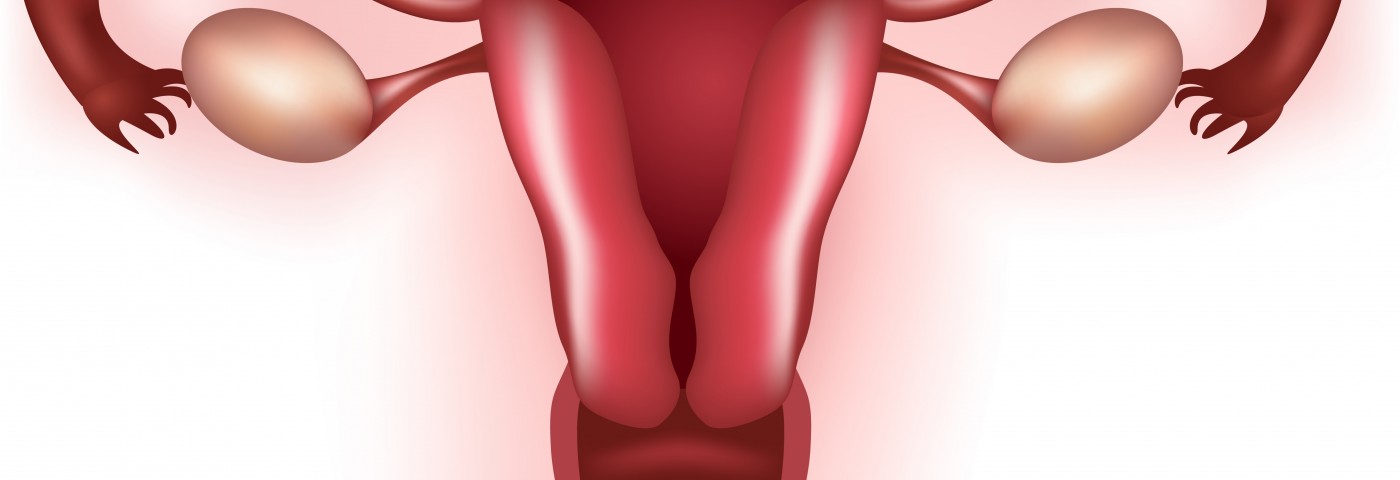Results from the second Phase 3 study evaluating the potential of elagolix to treat uterine fibroids show that, when combined with low-dose hormone therapy, the experimental therapy reduces heavy menstrual bleeding, AbbVie and Neurocrine Biosciences report.
Endometriosis and uterine fibroids are common gynecological disorders that can present similar symptoms, such as menstrual irregularity and pelvic pain. Uterine fibroids, which are noncancerous tumors, also cause heavy menstrual bleeding. Currently, few treatment options are available for these diseases.
Although their cause is still unknown, sex hormones such as estrogen and progesterone are associated with the development and worsening of endometriosis and uterine fibroids. These sex hormones are part of the reproductive hormone pathway, which is initiated by the gonadotropin-releasing hormone (GnRH). GnRH induces the release of specific hormones that trigger the maturation and ovulation of the ovaries, which produce estrogen and progesterone.
Elagolix (ABT–620) is an oral therapy, developed by AbbVie and Neurocrine Biosciences, that acts as a GnRH receptor blocker. By blocking the receptors of GnRH, elagolix ultimately lowers estrogen and progesterone production.
Elagolix showed promising results in two Phase 3 clinical trials for the treatment of endometriosis (NCT01620528 and NCT01931670), coming one step closer to possible FDA approval. Clinical trials investigating elagolix as a treatment for heavy menstrual bleeding in uterine fibroids patients have also been performed. Positive results from a Phase 2 clinical trial led to the Phase 3 program involving two replicate, pivotal, six-month studies (named ELARIS UF-I and -II).
These studies evaluated the effectiveness and safety of elagolix alone (300 mg twice daily) or in combination with low-dose sex hormone therapy, compared to placebo. Each enrolled about 400 premenopausal women (ages 18–51) diagnosed with uterine fibroids across the U.S., Canada, and Puerto Rico.
The primary goal was the reduction in heavy menstrual bleeding, measured by the alkaline haematin method, which estimates the blood concentration of hemoglobin — the protein that carries oxygen throughout the body. Clinical response was defined as a 50% or greater decrease in menstrual bleeding from the study’s start to its end (six months), and a loss of less than 80 mL during month six. Secondary goals included measures of hemoglobin changes, bleeding, and bleeding suppression.
Top-line results from the second study (ELARIS UF-II; NCT02691494) showed that the combo treatment successfully reduced menstrual bleeding, with 76.2% of women achieving clinical response compared to 10.1% for placebo. All secondary goals were also met by the study’s end.
According to AbbVie and Neurocrine, the results were consistent with top-line results from the first Phase 3 study (ELARIS UF-I trial; NCT02654054) reported last month. The safety profile of elagolix was also consistent with what was observed in Phase 2 studies and the ELARIS UF-I trial.
“The results from this study demonstrate elagolix has the potential to be an important oral treatment option for women suffering from uterine fibroids,” Dawn Carlson, MD and the vice president of general medicine development at AbbVie, said in a press release.
The companies noted that these findings, which will be presented at an upcoming medical meeting, support regulatory submissions for elagolix. Women in the trial can continue treatment as part of a six-month extension study (NCT02925494).

